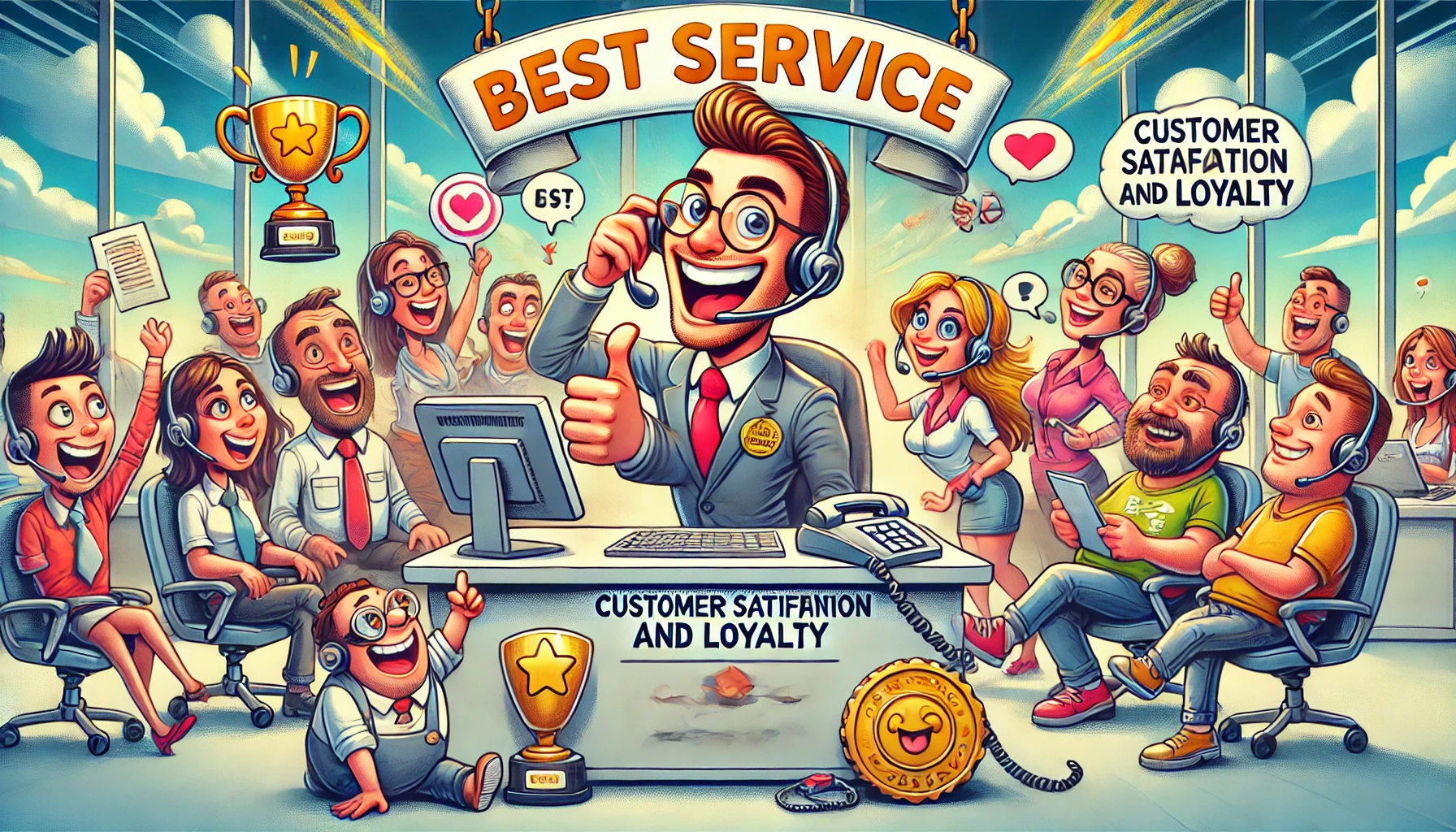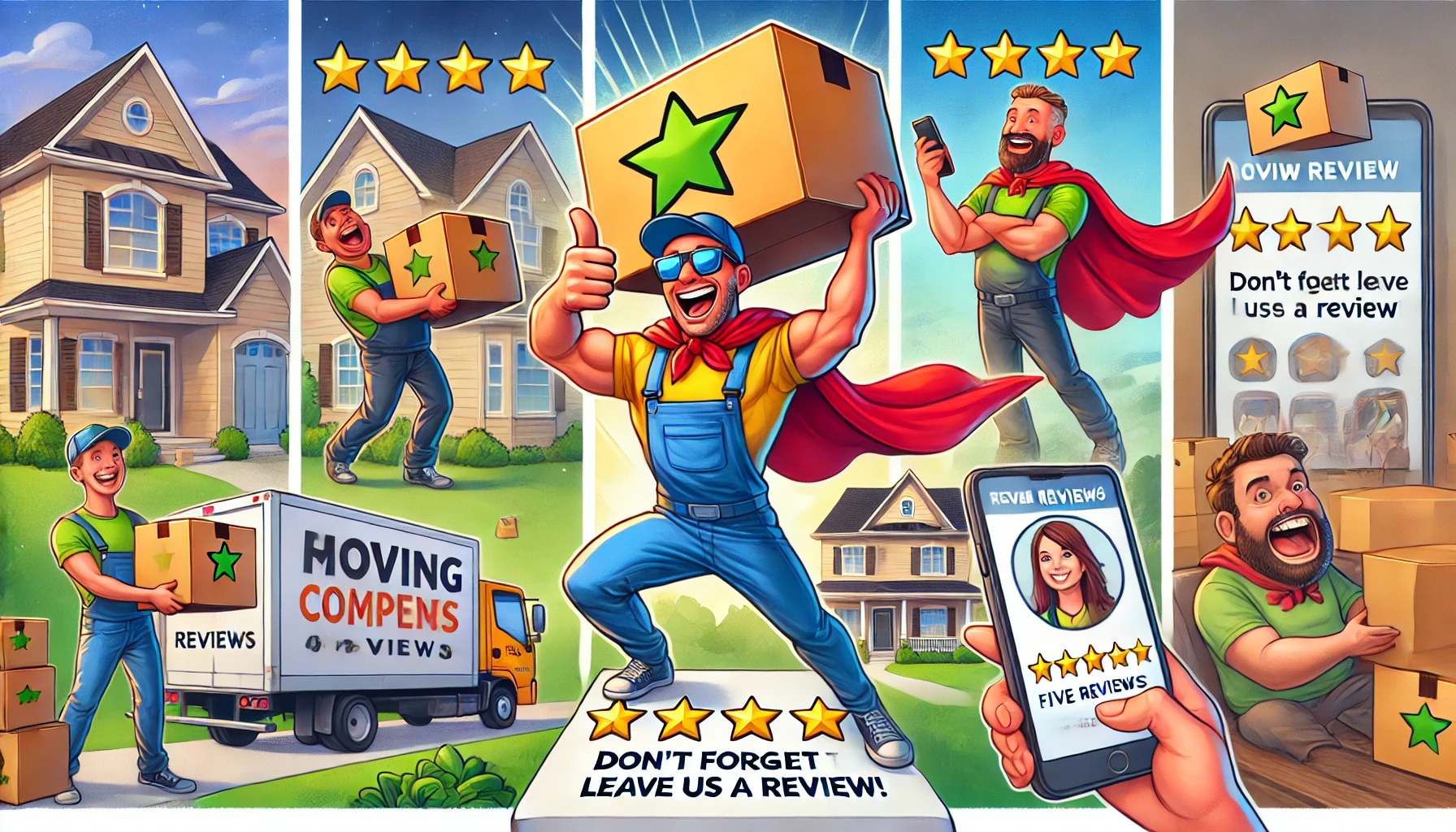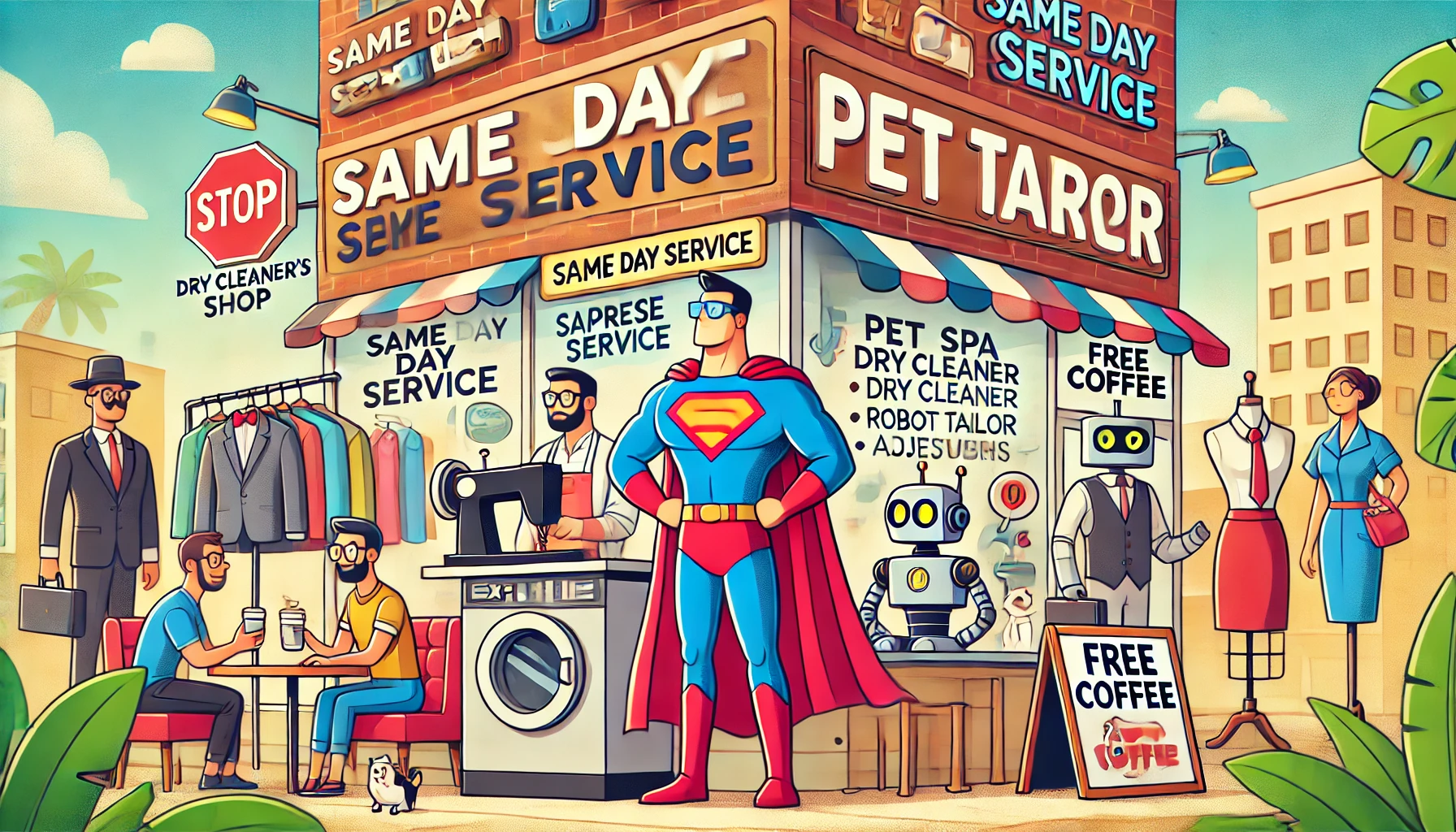Retro Review: Gain insights from past clients
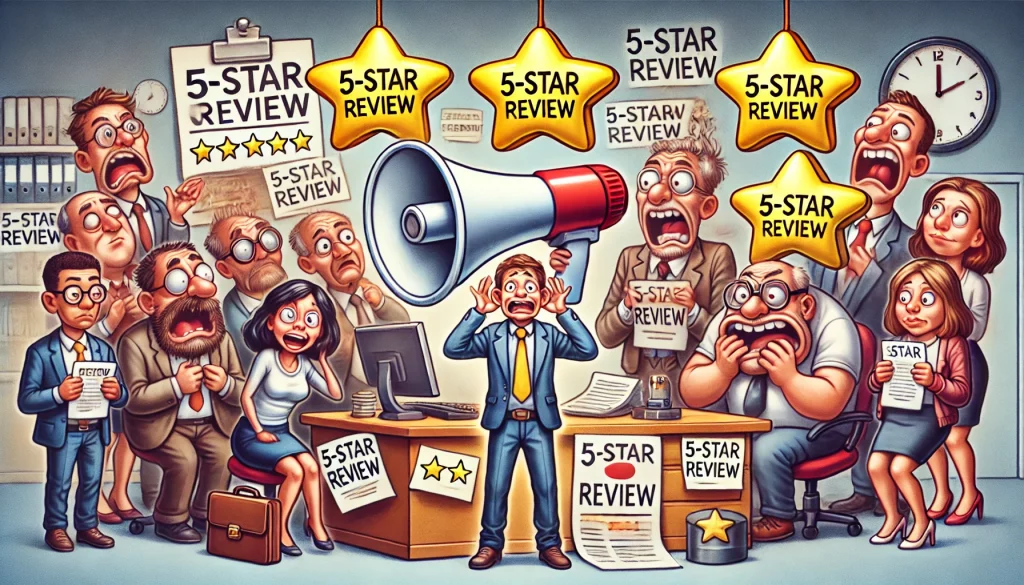
The best time to ask for a review is at your customer’s peak excitement level. This moment arrives just after you’ve completed the job, when they first see those gleaming windows or remarkably clean carpets (seriously, they were gross before you got there).
If you missed that window, the next best time to ask is within 6 to 8 months of completing the service.
The power of retro reviews
Boosting online reputation: Positive reviews build credibility and trust, attracting new clients. According to BrightLocal, 87% of consumers read online reviews for local businesses in 2020, making them crucial for establishing your business as a reliable service provider.
Improving customer relationships: Asking for feedback shows you value your clients’ opinions. This demonstrates your commitment to continuous improvement. In fact, HubSpot research indicates that 68% of customers are willing to provide feedback if asked.
Identifying areas for improvement: Retro reviews can uncover valuable insights about your service. These insights can help you refine your offerings. For example, a study by ReviewTrackers found that 94% of consumers say an online review has convinced them to avoid a business.
Planning your retro review campaign
Target audience
Define your ideal client: Identify the clients whose feedback would be most valuable. This helps in gathering meaningful insights.
Segmentation: Consider segmenting your client list based on service type, project size, or satisfaction level. This allows for more personalized review requests.
Choosing the right platforms
Google My Business: Reviews on Google are crucial for local search visibility. According to Google, businesses with positive reviews are 70% more likely to attract customers.
Industry-specific platforms: Platforms like Yelp, TripAdvisor, or Angie’s List are relevant for specific industries. They help in targeting niche audiences.
Social media: Facebook pages, LinkedIn profiles, and other social media platforms can also host reviews. This broadens your reach and engagement.
Timing is key
Post-project reviews: Encourage immediate feedback after project completion. This captures clients’ freshest impressions. According to a study by Spiegel Research Center, the likelihood of a product being purchased increases by 270% if it has five reviews.
Milestone reviews: Request reviews at key milestones during ongoing projects. This ensures timely feedback throughout the project lifecycle.
Annual/quarterly reviews: Send periodic reminders to past clients to leave feedback. This keeps your business in their minds.
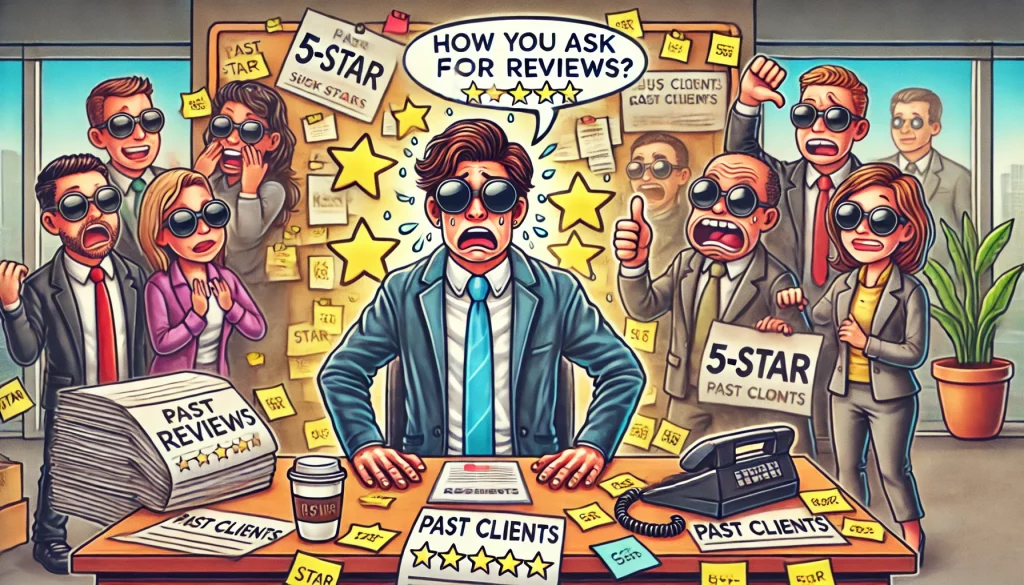
Crafting effective review requests
Personalization is key: Tailor your requests to each client. Personalized messages increase the likelihood of a response. Salesforce reports that 84% of customers say being treated like a person, not a number, is very important to winning their business.
Express gratitude: Thank clients for their business and for taking the time to leave feedback. Appreciation encourages positive responses.
Focus on the positive: Highlight aspects of your service that your client would appreciate. This guides their review content.
Provide easy-to-follow instructions: Include clear, concise instructions on how to leave a review. Simplifying the process increases participation.
Offer incentives (optional): Consider offering small rewards for completing reviews, but avoid making it feel like bribery. Incentives can motivate clients to take action.
Using technology to automate your process
Review request software: Tools can automate the sending of review requests and track responses. Automation saves time and ensures consistency.
Email marketing: Use email campaigns to send review requests to targeted groups. This leverages existing communication channels for efficiency.
CRM systems: Manage client communication and track review requests with CRM systems. These systems help in maintaining organized and effective follow-ups.

Responding to reviews
Prompt acknowledgment: Thank clients for their feedback, whether it’s positive or negative. Timely responses show you value their input.
Addressing negative reviews: Respond to negative reviews professionally and constructively. This can turn a negative experience into a positive one. A study by Harris Interactive found that 33% of negative reviews turn positive when businesses respond.
Leveraging positive reviews: Share positive reviews on your website, social media, and marketing materials. This showcases client satisfaction to potential customers.
Additional tips
Include real-life examples and case studies of businesses that have successfully implemented retro review campaigns. These provide practical insights and inspiration.
Use visuals like images or screenshots to illustrate points. Visuals enhance understanding and engagement.
Provide actionable steps for readers to start collecting more reviews. Clear steps facilitate immediate implementation.

Expert opinions on how to ask for reviews from past clients
Jessica Harris, Marketing Strategist at ReviewBoost Inc.: “Approaching past clients for reviews requires a strategic touch. It’s important to first segment your clients based on their experiences and engagement with your services. Personalized emails work wonders here. Highlight specific projects or results that you know they were happy with. For example, ‘Hi [Client], we loved working on [specific project] with you and were thrilled with the results. We would be grateful if you could share your experience in a review.’ This personalization not only jogs their memory but also makes them feel valued and appreciated.”
David Chen, Customer Relations Expert at TrustPulse Solutions: “Timing is crucial when asking for reviews from past clients. I recommend reaching out at a time when your business isn’t too busy, allowing you to follow up and respond promptly to any reviews or queries. Additionally, leverage any positive interactions or updates as a reason to reconnect. For instance, if you’ve recently implemented a feature they requested or achieved a significant milestone, it’s a perfect opportunity to ask for their feedback. ‘Hi [Client], we’ve just rolled out the feature you suggested, and it would mean a lot if you could share your thoughts in a review.’ This not only shows progress but also reinforces their impact on your business.”
Maria Fernandez, Chief Content Officer at FeedbackFirst: “Creating a seamless review process is essential. Simplify the steps for your clients to leave a review by providing direct links and clear instructions. You might say, ‘We’ve made it easy for you to share your experience, simply click this link and follow the prompts.’ Offering multiple platforms for reviews—like Google, Yelp, or industry-specific sites—gives them options to choose their preferred platform. This approach minimizes the effort on their part and increases the likelihood of them following through.”

 6 min
6 min 
